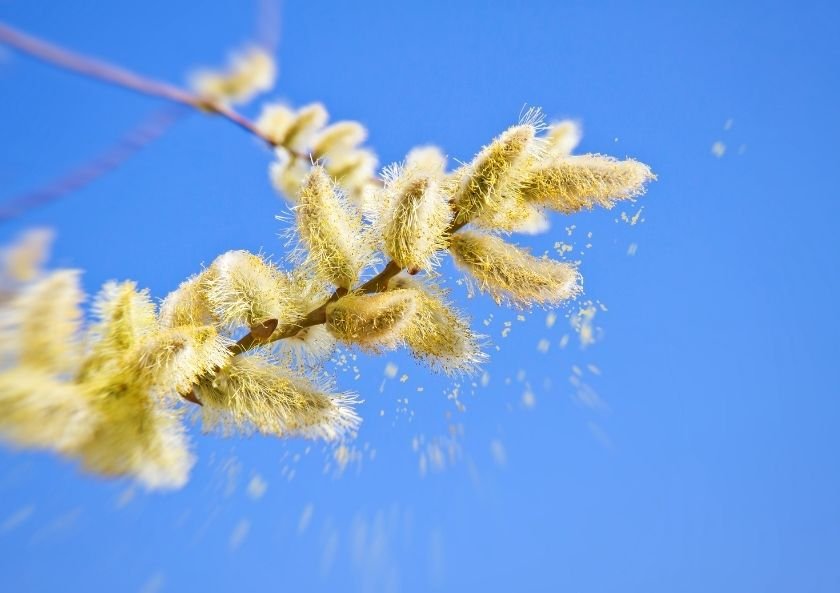Pollen allergy is an allergy that occurs due to inhalation of pollen with the spring months and manifests itself with runny nose, itching, congestion, sneezing and itching in the eyes. It can also be called hay fever. In this article, we aimed to tell you what pollen allergy is and how it develops.
The spring season, which is starting to make itself felt, makes most of us happy. However, for allergy sufferers, springtime pollens flying all over the place; runny nose, sneezing, redness and itching in the eyes mean sleepless nights and fatigue that continues for the day.
Complaints such as runny nose, itching, congestion, sneezing and itching in the eyes, which occur due to inhalation of pollen in people with an allergic nature, especially in the spring months, are called pollen allergy, but also called hay fever.
What is Pollen Allergy? Pollen is actually the reproductive seeds of flowers, and millions of them are released into the environment we live in every year. They are too small to be seen with the naked eye. Pollen, as we know, is spread by the wind or by bees and insects. The colorful and fragrant plants around us, especially the pollen of ornamental plants, are sticky and heavy, carried by insects, and are not common in the air. People with allergies can only complain if they get too close to these plants. Keeping patients away from these plants prevents the occurrence of complaints.
Pollens that are important in the formation of pollen allergy or hay fever are pollens that are common in the air and spread by the wind. The pollen of non-flowering green plants is carried by the winds. It is not necessary for the patient to be close to these plants as these pollens can be carried many miles away by the wind. Sometimes the pollen of a tree can spread over an area of more than 150 kilometers and may affect allergic people within this area. Therefore, it is very difficult to protect. We may not see the trees and plants that we are allergic to, but unfortunately, their pollen is in the air. That’s why people with allergies say that their complaints increase a lot in windy weather.
How Does Pollen Allergy Develop?
Complaints such as runny nose, itching, congestion, sneezing and itching in the eyes, which occur due to inhalation of pollen in people with an allergic nature, especially in the spring months, are called pollen allergy, but also called hay fever.
With the arrival of the spring months, the complaints of runny nose, itching, congestion, sneezing, redness in the eyes begin. Their complaints increase every year, and asthma symptoms such as coughing, shortness of breath, wheezing may occur over time.
Pollen spreading period of each plant differs. We can divide the pollen dispersed from the plants we see in nature as meadow pollen, tree pollen, and weed pollen. Even if the climatic conditions change every year and depending on the plant structure of the region:
Tree pollen: in February-April
Grassland pollen: in May-July
Weed pollen: It is considered to be airborne in August-October.
What is Pollen Allergy? How Does It Develop?
The allergic response, which is valid in other allergic diseases as well as in pollen allergy, is an impaired immunity that occurs with the contribution of a genetic predisposition and environmental factors. Allergy is an unwanted, harmful, excessive response of the body’s immune system to substances called allergens, such as pollen, entering our body from the external environment.
Pollen is perceived by our body as a foreign substance, and depending on the excessive response it gives to these foreign substances, together with the complaints of runny nose, itching, congestion, sneezing, itching in the eyes, redness begins.



